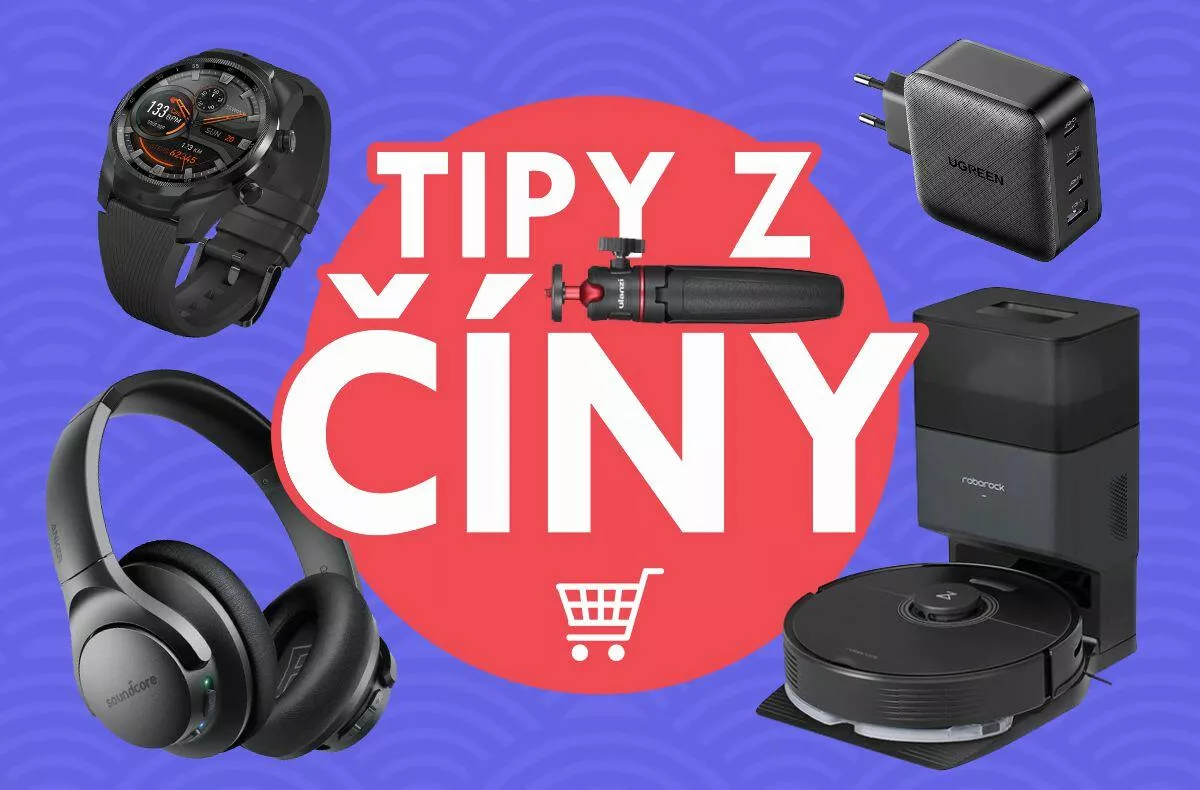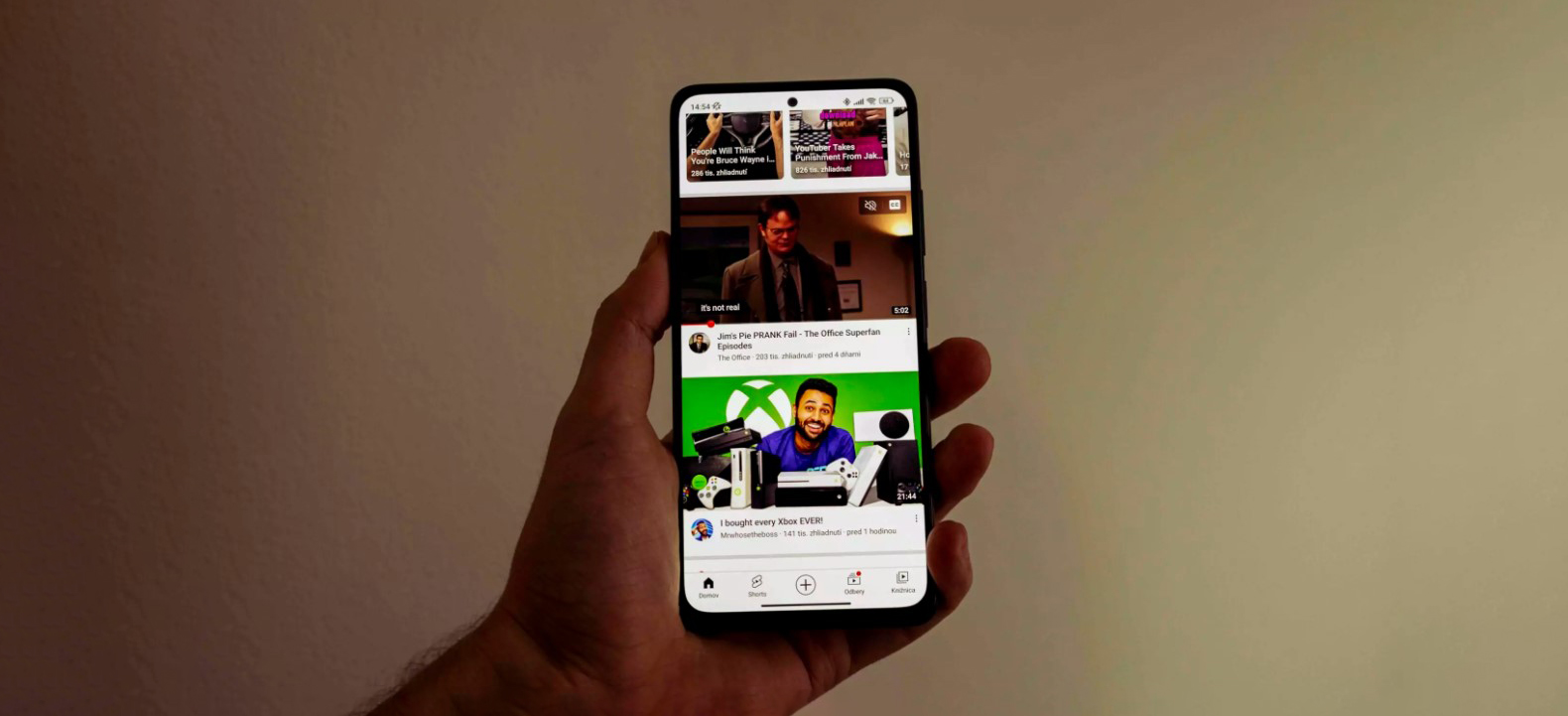Plants vs. Zombies brings Frostbite to Switch -apkrig for the first time
On Friday, March 19, the multiplayer action Plants vs. Nintendo Switch will arrive. Zombies: Battle for Neighborville. The good news is further enhanced by the fact that the Nintendo console releases a game in a special complete edition with all the content released so far, for which players do not have to pay anything extra. However, the technical aspect is much more important for PopCap developers, as Battle for Neighborville will be the very first Switch game powered by the Frostbite engine.
Although FIFA, for example, is available on the Nintendo console, this version runs on the previous Ignite engine, so PopCap people may call themselves pioneers. However, they did not work alone on the port, and as they revealed in the GamesBeat podcast How Games Make Money, they would not have been able to do so without the help of QLOC experts. Unlike other similar ports for Switch, however, PopCap representatives stated that they had anticipated this version from the very beginning and it was not a whim or a newly discovered option to which they would react in retrospect. Nevertheless, they did not have time to prepare the Switch version by the date of the original launch of Battle for Neighborville in October 2019, and they had to work for a long and a half year to complete the port.
A slideshow of this size foreshadowed a lot of work, especially on the sides of optimization, which, however, did not fall victim to the colorful visual style of the game.
Producer Melvin Teo said that when they created the first build that could be run on the Switch, the game ran at a respectable 2-3 frames per second. A slideshow of this size therefore foreshadowed a lot of work, especially on the sides of optimization, which, however, did not fall victim to the color visual style of the game. According to Tea, this is a very important part of the whole experience and anything that dramatically cut off could affect the acceptance of the game itself. Through unspecified engineering decisions in the end, however, they managed to match both the mobile processor and especially with only 4 GB of Nintendo Switch operating memory, and the game should have a frequency of 30 fps in the final. To a large extent, it was the people from QLOC who helped sign up with Hellblade or Dragon’s Dogma ports for Switch, for example, and knew where the lack of performance was find.
As you can see, the capabilities of the Nintendo Switch are really considerable with the right approach, and everything could potentially improve significantly with the advent of a long-speculated, more powerful revision. Of course, we can’t automatically count on playing Battlefield on the road, but after years of hardship and considerable criticism, we can imagine a new version of FIFY!


